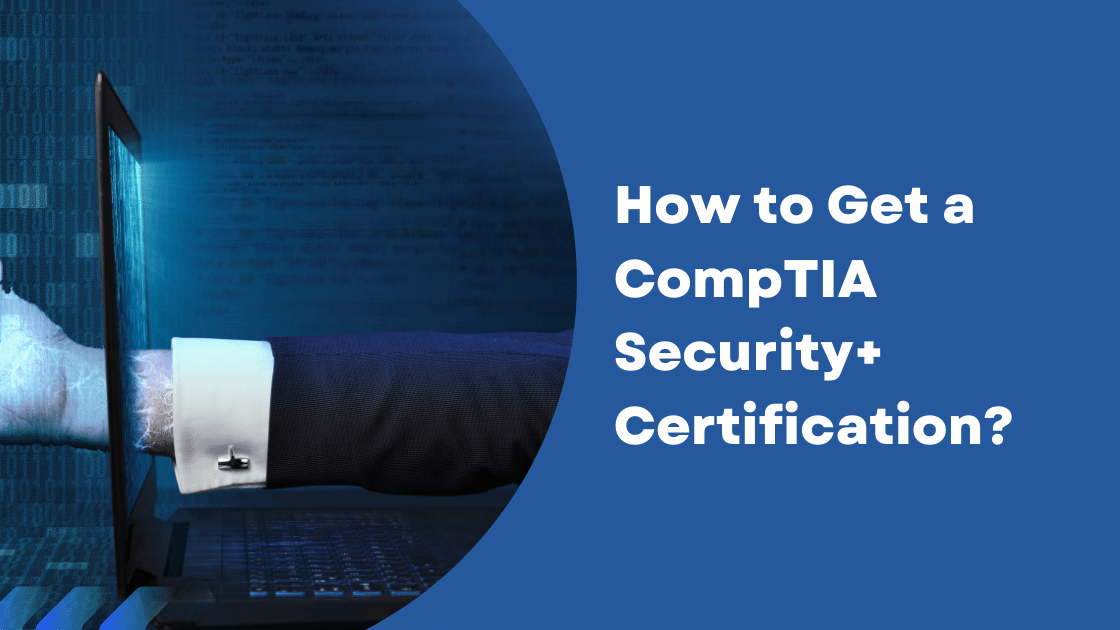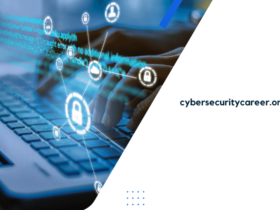Candidates must pass an exam that includes both multiple-choice and performance-based questions on areas such as risk management, threat analysis, and response, as well as securing networks, apps, and devices to get a CompTIA Security+ certification.
The exam is similar to most other written assessments in its most basic form. It employs a variety of question styles to assess the candidate’s understanding of specific information security topics. Candidates have the highest chance of passing the CompTIA Security+ certification exam if they are well-prepared.
All of these areas, as well as others, are covered by CompTIA certifications.
Additional Information about the CompTIA Security+ Certification Exam
Network security concepts, access control, cryptography, threats and vulnerabilities, identity management, and more are covered in the CompTIA Security+ certification. While there are no requirements, CompTIA recommended that certification candidates hold the Network+ credential and/or have at least two years of IT administration experience with a security focus.
The CompTIA Security+ certificate is the first cyber security-related certification that a candidate can obtain. It assists in establishing the essential security functions required of security experts, serving as a stepping stone toward a cybersecurity career at the intermediate level. Security+ combines best practices in hands-on troubleshooting, ensuring that candidates have the requisite practical security problem-solving abilities to:
Assessing an enterprise’s security posture, as well as recommending and implementing appropriate security solutions.
Hybrid environments, such as mobile, cloud, and IoT, are monitored and secured.
Operate with a thorough understanding of all applicable laws, regulations, and governance principles, as well as risk and compliance.
Detecting, evaluating, and responding to a variety of cyber-attacks and incidents.
The ISO 17024 standards are met by the Security+ certification. It’s also approved by the US Department of Defense to meet the requirements of Directive 8140/8570.01-M. Every three years, there is usually a version update, and for a while, there is a period of overlap between the old and new versions, from which candidates can choose.
CompTIA’s security certification test was modified in 2020. The new exam version, SY0-601, will be available until July 2021, whereas the old version, SY0-501, will be available until November 2020. Candidates can choose which version to take at any point during this period.
While these two testing options may not appear to be significant, they can have an impact on how candidates prepare for their tests. In this scenario, as a general rule, studying for the earlier edition, the SY0-501 exam option, is the better of the two options.
To begin with, the Security+ test prep material will most likely be linked with older exam objectives. In addition, many prep courses and instructors may be more knowledgeable and experienced with the current edition of the exam.
Exam Preparation for the CompTIA Security+
While everyone’s test preparation tastes are different, there is a general guideline that can assist students stay organised during the exam preparation process.
Gaining a basic grasp of what to expect from the exam will prove to be really beneficial. It will pay off to spend some time researching more about the CompTIA Security+ certification and what is required to pass the exam.
The more specifics about the questions that need to be answered are known, the better it will be to appraise what they currently know and what they need to learn more about. Candidates should obtain the exam objectives and sample test questions to better understand what will be covered on the exam.
What you already know vs. what you’re supposed to know
Many people can benefit from CompTIA Security+, which opens doors to a variety of IT and cybersecurity jobs. There are no prerequisites for taking this exam, as previously stated. However, at least two years of practical experience in IT administration, with a focus on security, is recommended. Earning the Network+ certification before this one is also a good idea.
The knowledge gap between what the candidate already knows and what is expected will be substantially influenced by prior network and security experience. Regardless of your level of experience, it’s a good idea to be aware of the areas that require more research and to concentrate on those areas.
CompTIA provides applicants with a complete variety of learning tools and study materials to assist them in attaining their certifications. These resources offer a number of options for obtaining the background knowledge required by the exam objectives.
Candidates will learn the fundamentals of building and configuring cybersecurity controls, as well as incident response and risk mitigation approaches, using the self-study guide. Preparing for the exam might also be aided by downloading the multiple-choice questions described above. The CompTIA CertMaster is a collection of tools that help exam applicants gain the abilities they’ll need for a career in cybersecurity.
Aside from self-study, another alternative is to enroll in classroom training. Various public academic institutions and professional training centres, offer CompTIA Security+ certification training. Instructor-led training is a great alternative because it increases your chances of achieving the certificate greatly. Candidates won’t have to second-guess what they need to know.
Getting Through The Security Exam
While it’s typical for candidates to try to pack as much study time as possible before the exam, it’s recommended that they have a full night’s sleep, eat a healthy lunch, and arrive at the on-site or online testing location with enough time to thoroughly prepare for the exam.
Before taking the test on the day of the exam, candidates must complete a few steps. This will include the following:
I’m displaying two types of identification.
Examining the testing policies and signing the CompTIA Candidate Agreement are also required steps.
Candidates cannot bring anything into the testing room if the exam is done in a physical testing center. Candidates will, on the other hand, be required to photograph the room during an online assessment session to confirm that they do not have access to books, pencils, phones, computers, or other items hung on neighboring walls.
Continuing Education Units for Security+ (CEUS)
The candidate will be notified whether or not they passed the exam immediately after submitting it. Candidates must acquire and submit continuing education units during a three-year renewal cycle from the date of certification to maintain their credentials. If candidates do not renew their certificates, the only method to get them back is to retake the exam.










Leave a Reply